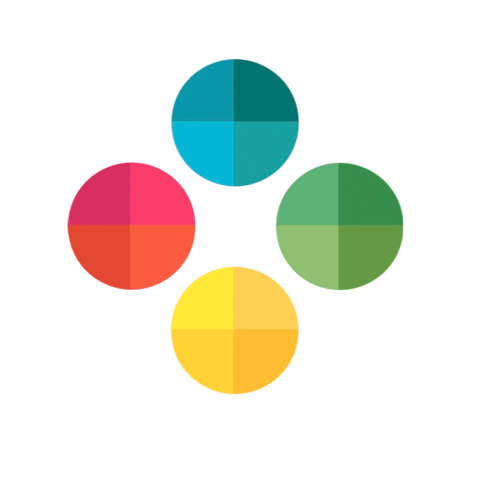
There’s no mistaking the robin’s egg blue that adorns every Tiffany & Co. jewelry box, or the striking contrast of red and yellow on the McDonald’s sign. But have you ever thought about why these brands chose those colors to represent them? It wasn’t by accident, nor was it a matter a personal preference for the decision makers.
Rather, using color in branding has everything to do with the psychology behind color.
Building on Your Brand’s Core Dimensions
Color has long been thought to have an effect on the human psyche. As brand specialists, we leverage these feelings in color theory to personify a brand’s identity. Our goal is to bring the brand to life by “coloring” it with the emotions people associate with those colors.
These colors aren’t chosen at random, though.
To start, we first define a brand’s tone, point of view, and voice based on five unique dimensions.
These include:
Sincerity. Is the brand honest? Down to earth? Wholesome? Domestic? Cheerful?
Excitement. Is the brand energetic? Innovative? Imaginative?
Competence. Is the brand smart? Successful? Responsible?
Sophistication. Is the brand luxurious? Charming? Romantic? Glamorous
Ruggedness. Is the brand outdoorsy? Tough? Durable?
What Colors Mean in Branding

Once we define how a brand should look and function, it’s time to pair the right colors to reflect those sentiments and behaviors. According to color psychology, here’s a closer look at the meanings behind common colors:
Blue: Associated with calmness, trust, and professionalism. Blue offers strength and security, a brand people can rely on.
Red: Associated with bold, daring, high adrenaline brands. It’s courageous and energetic, and stimulates the appetite.
Green: Associated with earthy brands. Green bears an aura of growth, environmental responsibility, freshness, and balance.
Black: Associated with boldness and power. It’s often used by luxury brands, expensive products, and companies that innovate above the industry standard.
White: Associated with cleanliness and purity. White evokes a sense of trust and newness.
Purple: Associated with royalty and luxury. It represents imagination and creativity, ideal for brands that think outside the box.
Orange: Associated with happy feelings and confidence. It represents positivity, cheerfulness, and fun vibes.
Yellow: Associated with warmth and happiness. Yellow offers clarity and optimism, and is ideal for quickly catching the eye.
How to Use Color Theory to Your Brand’s Advantage

It’s important to remember that color theory in branding is exactly that: a theory. Many marketers argue that color theory can be flawed based on individual perceptions and backgrounds. This is why color alone isn’t enough to craft a strong brand. The best brands also take into the unique makeup of their audience, which can help account for some of these differences in perception of color and meaning.
We are experts when it comes to giving your brand the extra adrenaline shot you need to make your presence known in a way that resonates with your audience. Contact our team today to get started.